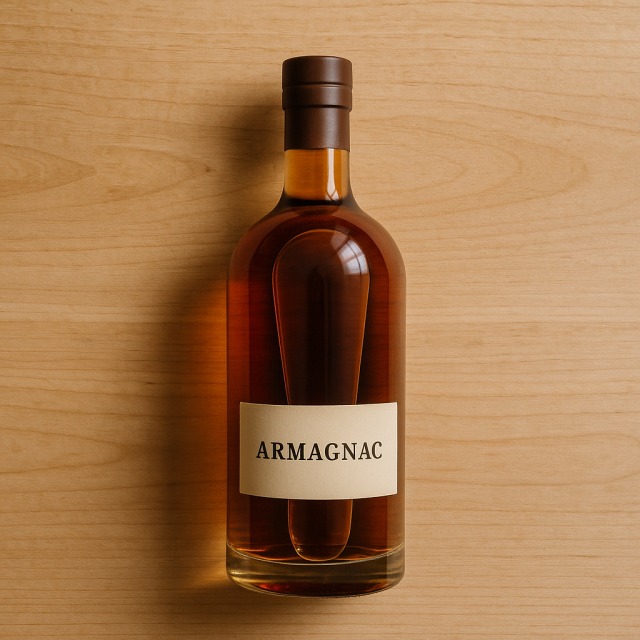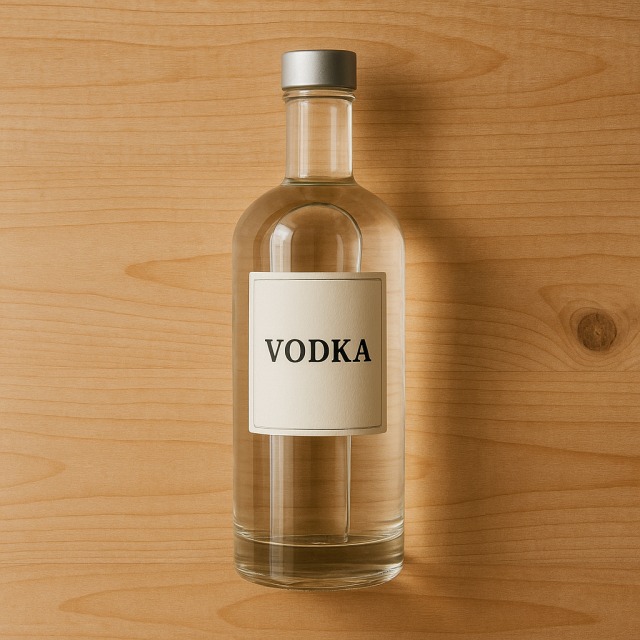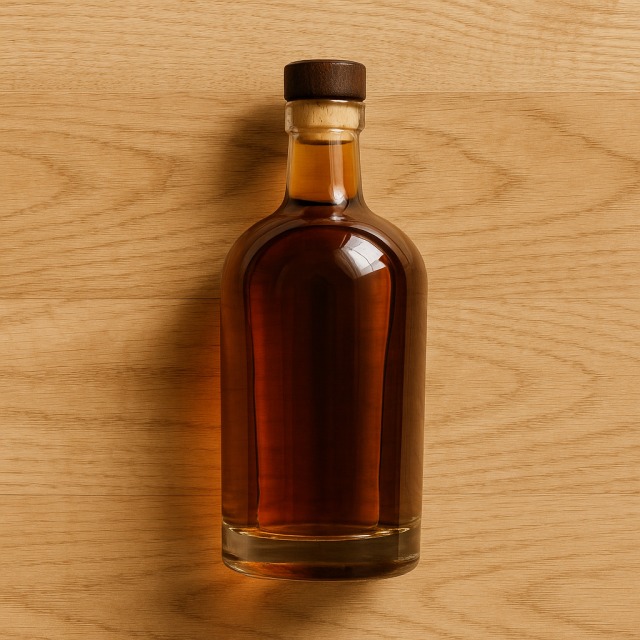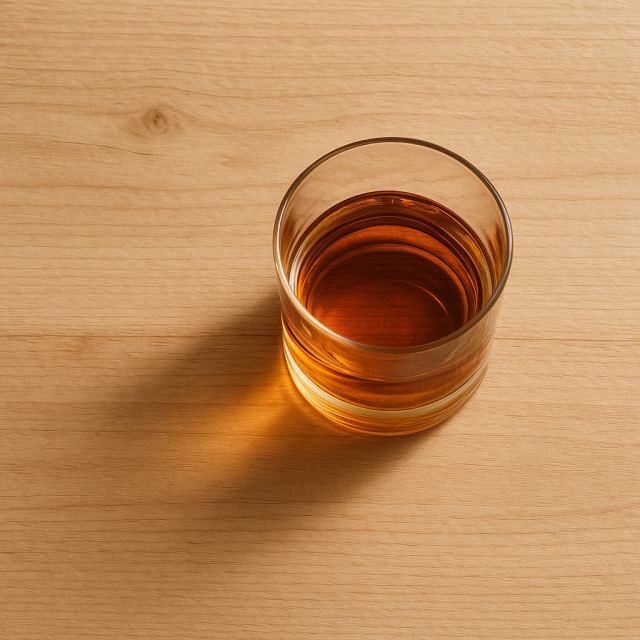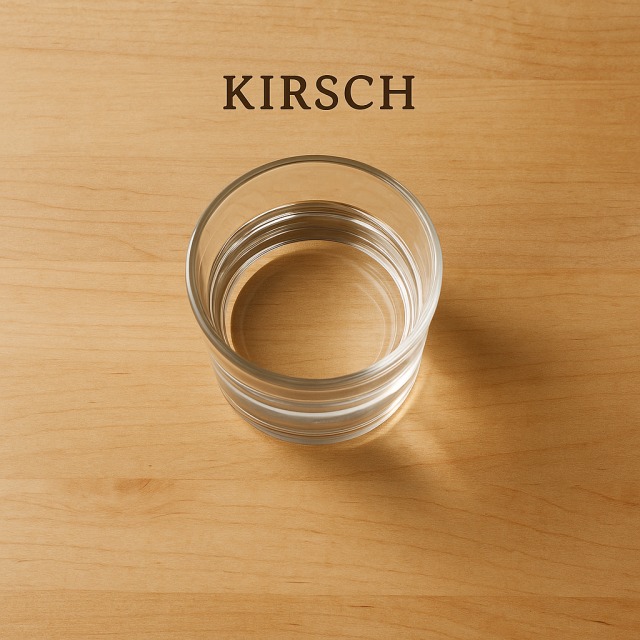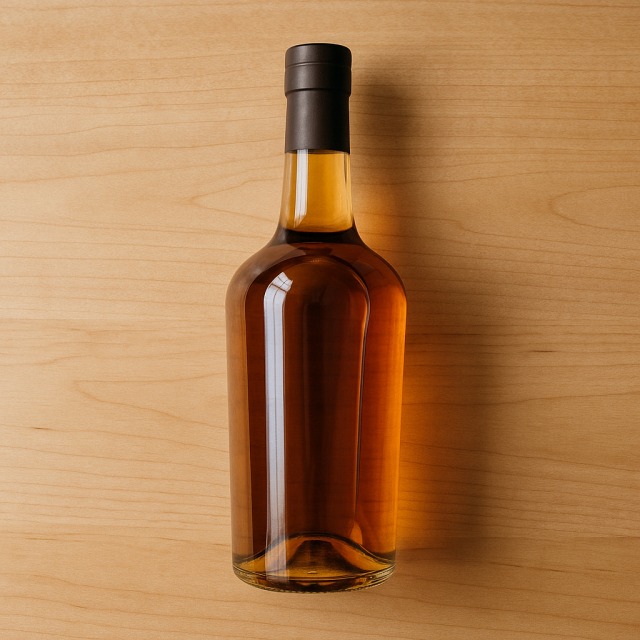Calorie Chart / Beverages / Liqueur
How Many Calories Are in Liqueur?
Calculation of the nutritional value & Recommended Dietary Intake of liqueur
For ml and a calorie requirement of kcal
| Calories 64 kcal | Proteins 0 g | Lipids 0 g | Carbohydrates 9.4 g |
| 3% | 0% | 0% | 3% |
Health benefits of liqueur
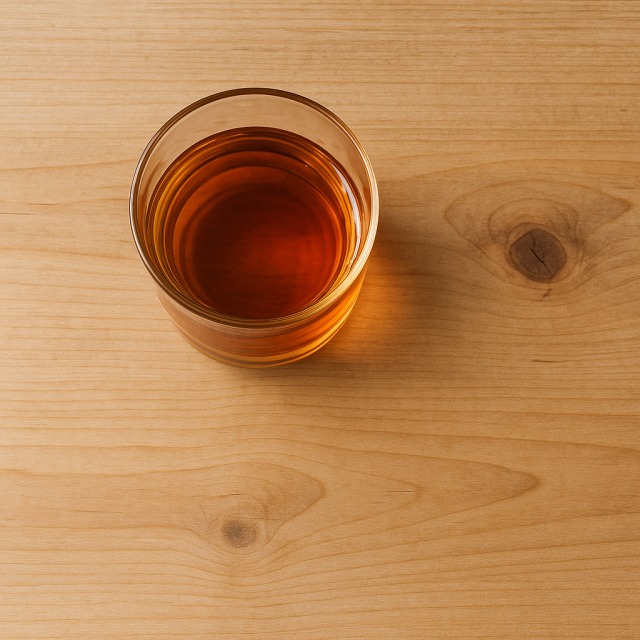
Liqueur - 100ml
Calories 255 kcal
Proteins 0 g
Lipids 0 g
Carbohydrates 37.5 g
Liqueur is considered a high-calorie beverage: its blend of alcohol and added sugar quickly pushes the energy count well above many other spirits, so anyone tracking calories should keep portions modest. Although it supplies virtually no proteins or lipids, its 37.5 g of carbohydrates per 100 g translates directly into calories, making it denser in calories than dry drinks such as Armagnac or whiskey.
The potential benefits are mainly linked to the plants used for flavouring. Citrus peels bring traces of vitamin C, while spice-based liqueurs can contribute polyphenols with supposed antioxidant capacity ("supposed" because quantities are small once diluted and sweetened). Traditional herbal recipes—often created by monks as digestifs—were intended to soothe digestion after a hearty meal, yet their contribution remains anecdotal compared with their calories.
From a cultural point of view, liqueurs helped preserve local botanicals before refrigeration existed. Sugar and alcohol stabilized delicate flavours and provided concentrated energy, a factor that explains why the word "liqueur" is still associated with generous calories today. Compared with a dry spirit, every extra gram of sugar means extra calories, so a single shot can rival the calories in a whole glass of beer.
Summary: Liqueur offers aroma complexity and minute quantities of plant-derived compounds, but its main "benefit" is pleasure rather than nutrition. Remember the term high-calorie whenever you pour it, because calories pile up fast.
Tips for incorporating liqueur into a balanced diet
Because liqueur is rich in calories, portion control is the first rule: a 20 ml serving already carries roughly 50 kcal. To integrate it into a balanced diet without surplus calories, think of it as a flavour enhancer rather than a drink. For example, drizzle 1 teaspoon over a bowl of fresh fruit salad; you keep the calories low yet gain fragrance.
When cooking, replace part of the sugar in a plain crêpe batter with a splash of liqueur to perfume the dessert while avoiding double sweetening. A similar trick works in homemade ice cream: a tablespoon reduces the mixture's freezing point, yielding a creamier texture without extra cream—and without exploding calories if you measure strictly.
Beyond sweets, a citrus-based liqueur can glaze a grilled duck breast or marinate chicken skewers; the alcohol evaporates, leaving aroma while adding fewer calories than a sugary barbecue sauce. Serve the meat with steamed broccoli to balance the plate and keep overall calories in check.
Finally, if you like cocktails such as the classic kir, cut the liqueur portion by half and lengthen with sparkling water instead of wine—same colour, half the calories. Whether you drink or cook with it, counting calories, using small amounts, and pairing with nutrient-dense foods will let you enjoy liqueur without derailing your calorie budget.
Frequently Asked Questions
- How many calories are in liqueur?
- There are 255 kcal per 100 g.
- Is liqueur higher in calories than wine?
- Yes. A dry red wine averages 70–85 kcal per 100 ml, while liqueur reaches 255 kcal, so liqueur delivers roughly three times the calories.
- Does chilling or freezing liqueur change its calories?
- No. Temperature alters texture but not calorie content; the same amount of liqueur still contains the same calories whether it is served at −10 °C or room temperature.
- Can I use liqueur in desserts without adding too many calories?
- Use a teaspoon or replace part of the sugar: for instance, in a batch of tiramisu, you can swap 10 g of sugar for 10 ml of liqueur—calories stay comparable, flavour increases.
- What is a reasonable serving size to keep calories under control?
- Limit yourself to 20–30 ml (about one shot), which delivers 50–75 kcal; exceeding that quickly escalates calories.
- Are herbal or artisanal liqueurs lower in calories?
- Usually not. Unless explicitly labelled "reduced-sugar", most artisanal or herbal versions still combine alcohol and sugar, so calories remain close to 250 kcal per 100 g.
Similar foods
Alcohol consumption may be harmful to your health. Please drink responsibly. Do not drink and drive. Not recommended during pregnancy. Must be of legal drinking age.
Information provided by Calorie Menu may contain inaccuracies or errors. It cannot, under any circumstances, substitute medical advice or medication.
